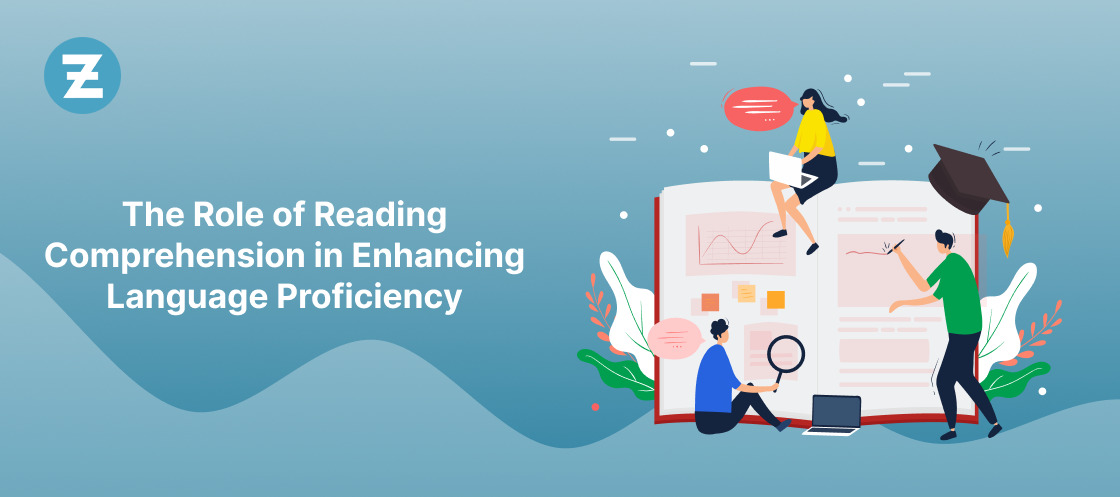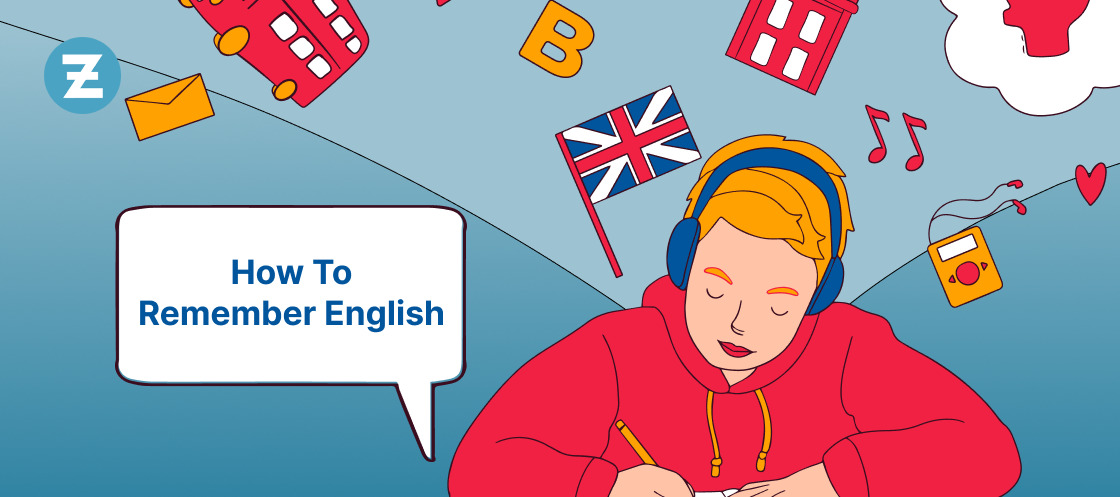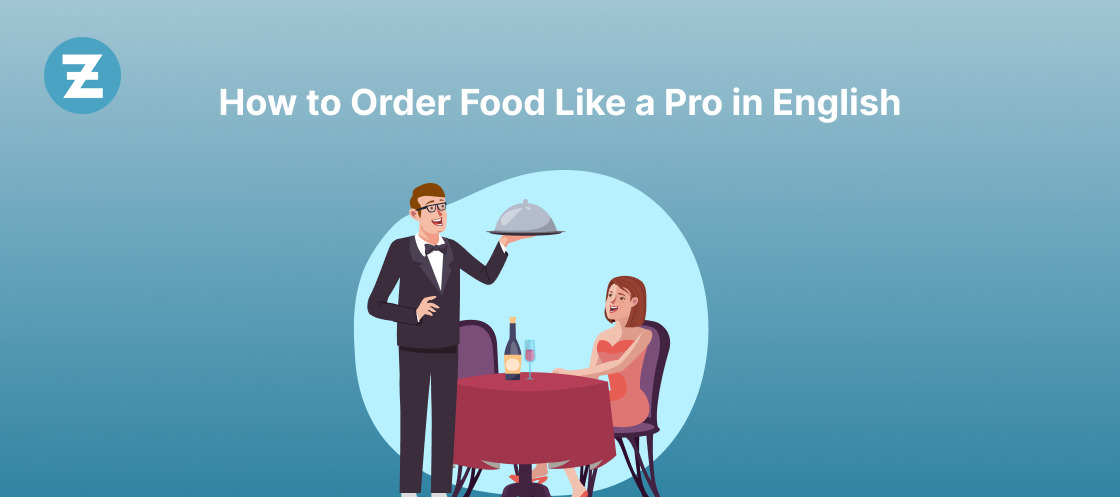The Role of Reading Comprehension in Enhancing Language Proficiency
Reading comprehension stands at the core of language proficiency, serving as more than a mere act of decoding symbols on a page. This process allows individuals to absorb and retain valuable knowledge once penned by predecessors. A profound understanding of text transcends memorizing facts; it empowers one to grasp complex theories and historical viewpoints without relearning foundational information with each new generation.
Beyond academic benefits, reading comprehension enriches professional endeavors and personal growth, ensuring that the skill of reading truly propels an individual forward in all aspects of life.
Read also: Is Grammar Important in English Learning?
The Importance of Reading Comprehension
Reading comprehension stands central to learning, with proven benefits for the mind. Emory University’s brain scans revealed that novel reading boosts language reception areas and enriches sensory processing. More than mere entertainment, reading activates complex cognitive functions.
Vocabulary sees notable growth through regular literary exposure; studies confirm a direct link between this practice and vocabulary expansion in middle school years. Students diving into various texts develop not just word knowledge but also critical thinking—a skill invaluable both academically and professionally. Furthermore, literature introduces us to diverse perspectives enhancing empathy—vital for interpersonal understanding as suggested by research on Theory of Mind improvements associated with literary fiction consumption.
Finally, extensive reviews have recognized bibliotherapy’s power against depression, while separate analyses associate lifelong readership with decelerated memory decline late in life. These insights underscore why habitual readers often outperform their peers scholastically: comprehensive engagement nurtures an array of mental faculties essential for academic excellence.
Linking Comprehension to Language Skills
Language comprehension serves as a foundation for reading well. Early on, long before they decode words—the transition from marks to spoken language—kids must grasp their meaning when heard. Vocabulary lies at the core; knowing many words helps kids understand texts better and aids in recognizing written ones, too.
Words join together, forming sentences with even deeper nuances essential for grasping complex ideas. Emergent bilingual children work twice as hard here, simultaneously building vocabulary and syntax understanding in multiple languages—an impressive feat offering extraordinary benefits beyond monolingual peers’ experiences. Practical, comprehensive literacy education thus cannot overlook these multilingual dynamics but should instead embrace them fully within its scope of learning strategies.
Strategies for Better Understanding Texts
Key tactics are vital to grasp texts better. Experts advocate explicit teaching where concepts are clear. Modeling shows what skilled reading looks like, watching an expert and learning their ways.
Guided practice with a coach helps, as does diving into books alone to sharpen skills. Teachers use tools called graphic organizers — visuals that help map out ideas in the text, which make complex information less daunting by breaking it down visually. Vocabulary building is also crucial; knowing words and meanings unlocks understanding more than single sentences or phrases.
Close reading encourages deep analysis: pondering each word for richer insight. Text discussions promote another layer of thought when discussing meaning with others rather than figuring things out alone. Different learners need tailored approaches, and differentiated instruction meets this need, allowing all students room to grow, no matter their starting point.
Reading and Vocabulary Expansion Techniques
Rich vocabulary opens doors to more apparent expressions and deeper reading, writing, and conversation comprehension. People grow their word knowledge as they read diverse texts with unique terms specific to varied fields of expertise. This way, one’s language skills blossom: understanding expands when new words are seen within the text; speaking improves with practice.
As readers dive into different genres — from technical manuals to classic novels —they encounter specialized phrases alongside commonplace speech. This eclectic mix is a strong foundation for learning how words take shape across contexts. Vocabulary expansion isn’t just about recognizing a word but grasping its proper use through patterns— like grammar forms or idiomatic expressions encountered in prose.
To boost vocabulary actively, strategies like maintaining a journal help solidify these linguistic gains by cataloging unfamiliar terms and usage examples that reinforce memorization – an essential step towards proficient language use. One should also apply learned vocabularies interactively by weaving them into daily communication, such as emails or discussions, thus cementing their command over newfound lingo while shading nuances further.
Critical Thinking Through Comprehensive Reading
Critical thinking blooms when readers dive deep into texts, shaping thoughts beyond words on a page. Students benefit from comprehensive reading as they piece together language puzzles in both English and their mother tongue. It demands mastering various skills like decoding meaning, which is vital for accurate comprehension.
Amidst today’s digital landscape, with mobile devices woven into daily life, teachers must adapt swiftly – especially during COVID-19. As traditional classrooms turned virtual overnight, educators reimagined teaching strategies while students grappled with isolation at home. This shift introduces innovative online tools like Liveworksheets.
They kept young adolescents engaged and transformed reading into an interactive experience during Italy’s 2020 pandemic wave. In essence, this approach merges educational technology with literacy development, fostering critical thought through text engagement and encouraging problem-solving abilities essential for academic progress.
Improving Fluency with Structured Practice
To boost reading fluency, learners must master automaticity and prosody. Automatic word recognition is critical; it lets the mind focus on text meaning rather than decoding each word. This skill becomes vital in content areas like social studies or science, where complex terms are frequent.
Teachers play a crucial role by breaking down tricky words—think ‘photo-‘ as an example—and guiding students through their sounds and meanings. Structured practice helps shift words into long-term memory, easing the path for kids to tackle new texts with confidence. Prosodic reading isn’t just about oral presentations either—it’s vital in silent comprehension, too.
Fluent readers use phrasing, stress certain words according to context, and pause aptly while processing written information internally.
Analyzing Text Structures for Deeper Insights
Teachers often tap into Text Structure Strategy (TSS) in classrooms. Researchers like Meyer have unveiled how savvy readers use this method to sift through text. They spot particular words hinting at vital ideas and grasp a central message.
This process boosts their ability to remember key details later on. TSS isn’t new; it emerged from extensive research over decades.
Such methods intertwine with state education standards, where students dig deep into the causes behind characters’ actions or compare problems across different readings. Despite being part of many curriculums, incorporating structured strategies can enhance understanding beyond what typical lessons offer—for instance, deploying precise tools like Venn Diagrams for comparing concepts explicitly teaches children how structure shapes comprehension.
Engaging with Complex Literary Forms
Delving into complex literary forms, readers encounter diversified syntax and rich vocabularies. These pieces often display intricate themes, abstract ideas, challenging comprehension skills. Engagement with such texts is critical for language proficiency – it sharpens the mind’s ability to grasp nuanced expressions of human experience.
Research suggests that exposure to advanced literature can significantly enhance cognitive functions like memory processing and analytical thinking. A study showed students interpreting poetry improved their verbal abilities more than those reading plain text. Moreover, tackling literary complexities boosts confidence in one’s linguistic capabilities; this psychological aspect cannot be understated because belief in oneself elevates overall learning potential.
Professionals assert that consistent practice with complex material leads to a deeper understanding of any language’s subtleties. Thus, embracing complexity within written works isn’t just beneficial—it’s essential for mastering proficient communication in any tongue.
Read also: How to Order Food Like a Pro in English
Monitoring Progress in Reading Proficiency
Teachers often use texts at a student’s goal level for progress checks. Target reading with 90% accuracy. If an eighth-grader reads like a fifth-grader, they might be tested using sixth-grade materials.
Schools screen kids up to fifth grade multiple times yearly due to evidence that early intervention is critical in preventing reading issues. To track fluency, Tindal and I suggest comparing words correctly per minute (WCPM) scores against grade-level norms. A score of more than ten words below average signals trouble; additional evaluations could follow.
For precise insights when diagnosing skill gaps after poor screening results or other concerns, informal assessments are vital before setting interventions. If only fluency lags but word reading is on par with peers’ levels, targeted practice can help improve it—otherwise, broader instruction may be necessary. Regular WCPM measures guide teacher adjustments during ongoing support sessions for struggling readers across all grades, indicating whether approaches need alteration or if gains are happening as expected.
Reading comprehension stands at the core of language mastery. It forges a bridge to enhanced vocabulary, superior grammar skills, and finer writing ability. As one dives into varied texts, they encounter different styles and ideas that enrich their understanding.
This exposure bolsters critical thinking and sparks creativity in using language effectively. With consistent practice in comprehending written material, individuals polish their communication prowess—a vital tool across all life’s arenas.
Conclusion
Reading comprehension serves as the cornerstone of language proficiency, offering a pathway to an enriched vocabulary, superior grammar skills, and refined writing abilities. As individuals engage with diverse texts, they not only enhance their understanding but also foster critical thinking and ignite creativity in effectively using language. Consistent practice in comprehending written material has become a pivotal tool across various life domains. To further enhance language skills, consider leveraging innovative resources like Zoundslike, an immersive language learning app. Improve English and download the app now to embark on a journey towards mastering language proficiency effortlessly.









